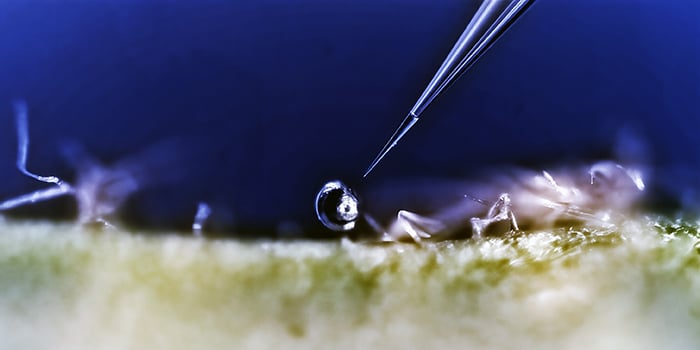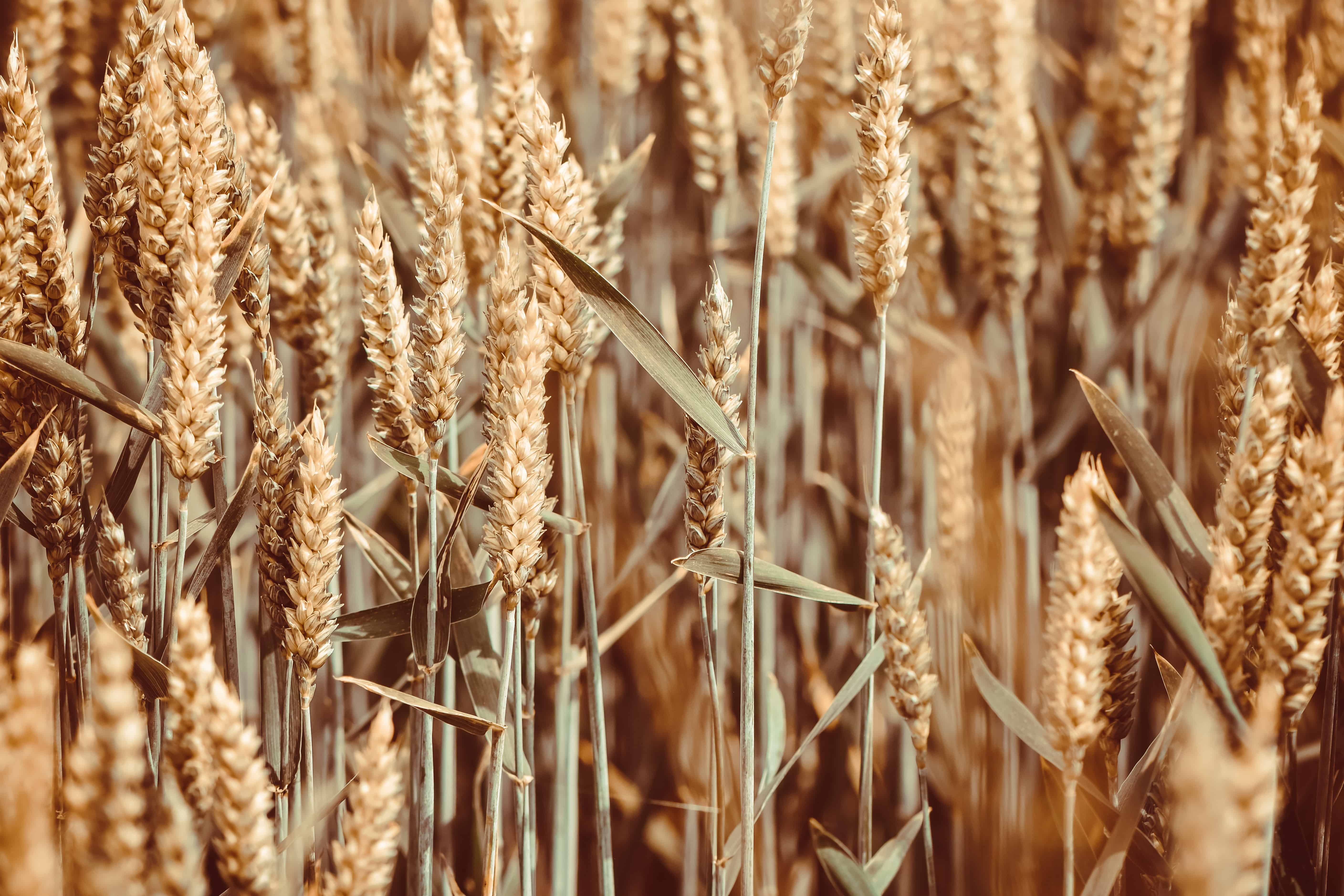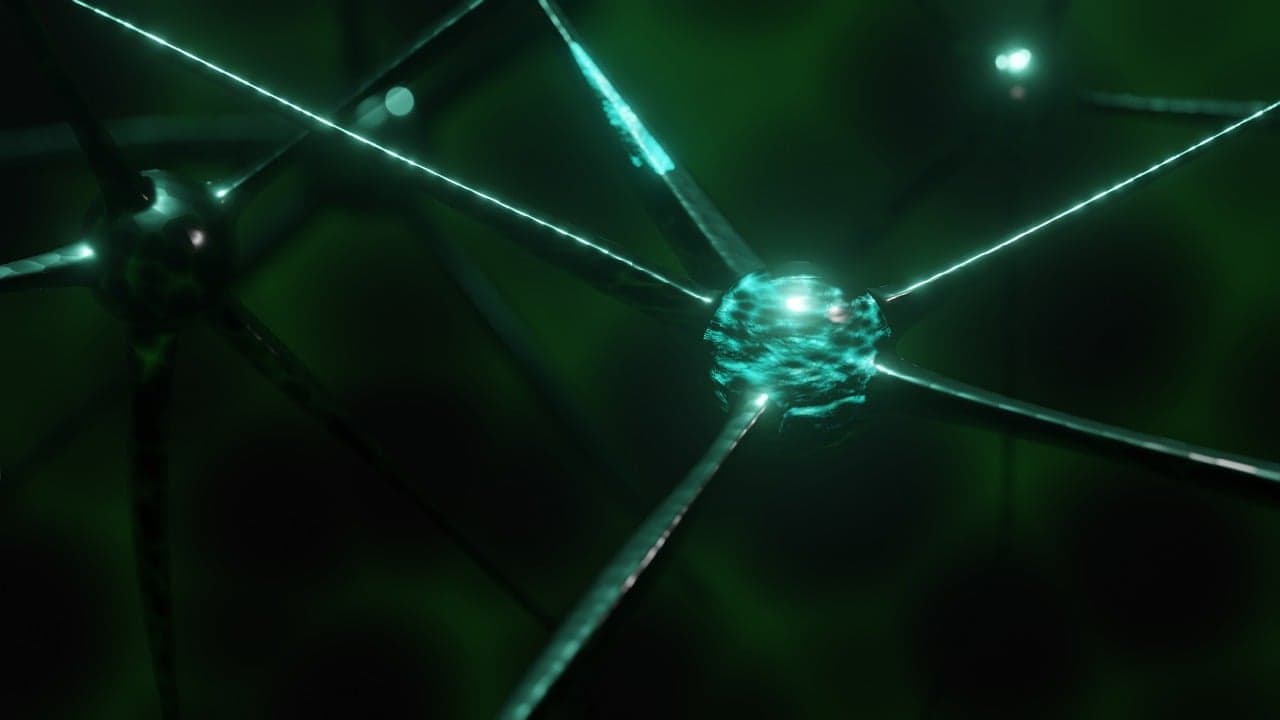
When we use plants for their biomass, often we are merely looking for one ingredient. This is the case with tree sap or perfumes from flowers. However, we often either damage the tree or destroy the plant altogether when we do so.
Researchers from Technical University of Denmark have developed a tiny robot that can extract valuable chemical substances from the cells of plants. It uses a microscopic needle to remove the pure form of the substance all through artificial intelligence.
“If you want to extract the pure substances, you need to do it cell by cell,” says Professor Kaare Jensen, Associate Professor at DTU. “As we’ve shown, you don’t have to harvest the plant. You can put the little robot on and it can work without damaging the plant,” says Jensen.
The so-called ‘Autoplant’ could be a double threat in the fight against climate change. It reduces pollution from harvesting, transporting, and processing raw materials. Plants can also be left standing so they can continue to take CO2 out of the atmosphere.
Using AI to mine for liquid plant gold
The Autoplant works on a system of image analysis, image recognition and robot control.
“It’s all done with a microscope camera,” says Magnus Valdemar Paludan, PhD student at DTU who created the system. “To begin with, I manually marked pixels on the microscopy images showing the cells that the robot will harvest. That information can be used to train a computer to find similar cells in new images.”
Using machine learning, it is trained to recognize differences in cells within a plant. It is then put onto a plant where it recognizes the valuable chemical cells and harvests them. It does this all automatically and leaves the rest of the plant undisturbed.
Mini robots on a larger scale
The adoption of these robots may be a new way for sustainable energy production. Jensen hopes to scale up the project and use it to tap large sources of biomass. The large and remote forests in northern Canada and Russia contain much of the world’s trees and are a possible avenue.
“By developing this technology, we can tap trees for sugar and make biofuel without chopping down or damaging the trees,” explains Jensen.
Read about rotating microrobots that combat surface water pollution.







